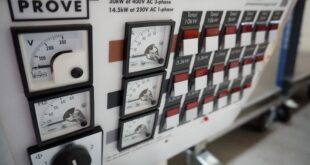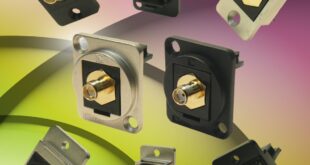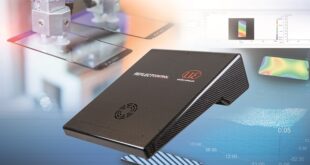A bionic dragonfly from Festo has been recognised as a record breaker in the latest edition of the Guinness World Records 2020, published by Ravensberger.
The chapter ‘Robots’ presents the most amazing records from the world of super robots and artificial intelligence.
The BionicOpter, an ultra-light flying object based on the dragonfly, is now named as the world record winner for biggest flying robotic insect.
“It is fascinating what we can learn from nature. Curiosity and joy in innovation drive us to keep trying new things. We are very pleased to be included in Guinness World Records – it’s a great validation,” says Karoline von Häfend of Corporate Bionic Projects.
Inspired by dragonfly flight
After bird flight had been deciphered with the SmartBird in 2011, the developers in Festo’s Bionic Learning Network took on their next big challenge: modelling the dragonfly at a technical level. The BionicOpter – an ultralight flying object – is the result.
Just like its model in nature, the BionicOpter can fly in all directions and execute the most complicated flight manoeuvres.
The BionicOpter’s ability to move each of its wings independently enables it to slow down and turn abruptly, to accelerate swiftly and even to fly backwards. This means that for the first time there is a model that can master all the flight conditions of a helicopter, plane and even a glider.
Despite its complexity, the highly integrated system can be operated easily and intuitively via a smartphone.
The principles of ultra-lightweight construction are applied throughout the BionicOpter.
With a wingspan of 63cm and a body length of 44cm, the model dragonfly weighs just 175grams. The wings consist of a carbon-fibre frame and a thin foil covering.
The intelligent kinematics correct any vibrations during flight and ensure flight stability. In order to stabilise the flying object, data on the position and the twisting of the wings is continuously recorded and evaluated in real time during the flight of the dragonfly.
 Engineer News Network The ultimate online news and information resource for today’s engineer
Engineer News Network The ultimate online news and information resource for today’s engineer


